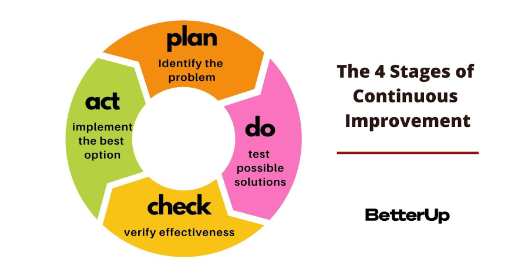How to Give the Best Presentation: A Comprehensive Guide
In today’s fast-paced professional world, the ability to deliver compelling presentations is a crucial skill. Whether you’re pitching to investors, presenting findings to colleagues, or speaking at a conference, your presentation skills can make or break your message. This comprehensive guide will walk you through the essential steps to create and deliver presentations that engage, inform, and inspire your audience.

1. Know Your Audience
Before you even start crafting your presentation, it’s vital to understand who you’ll be addressing. Consider the following:
- What is their background knowledge on the topic?
- What are their expectations and interests?
- How can your presentation benefit them?
Tailoring your content to your audience ensures that your message resonates and keeps them engaged throughout.
2. Define Your Core Message
Every great presentation has a central theme or message. Ask yourself:
- What is the one thing I want my audience to remember?
- What action do I want them to take after my presentation?
Your core message should be clear, concise, and powerful. It will serve as the backbone of your entire presentation.
3. Structure Your Presentation
A well-structured presentation is easier to follow and remember. Use this classic structure as a starting point:
- Introduction: Hook your audience and preview what’s to come.
- Main body: Present your key points (usually 3-5 main ideas).
- Conclusion: Summarize your message and call to action.
Remember the old adage: “Tell them what you’re going to tell them, tell them, then tell them what you told them.”
4. Create Compelling Visual Aids
Visual aids can significantly enhance your presentation, but they should support your message, not overshadow it. Keep these tips in mind:
- Use high-quality, relevant images and graphics.
- Limit text on slides (aim for no more than 6 lines per slide).
- Use a consistent, professional design theme.
- Incorporate data visualizations to make complex information digestible.

5. Practice, Practice, Practice
The importance of rehearsing your presentation cannot be overstated. Here’s how to make the most of your practice sessions:
- Time yourself to ensure you stay within the allotted time.
- Practice in front of a mirror or record yourself to assess your body language and delivery.
- Rehearse with a trusted friend or colleague for feedback.
- Familiarize yourself with the presentation space and equipment in advance, if possible.
The more you practice, the more confident and natural you’ll appear during the actual presentation.
6. Master Your Delivery
Your delivery is just as important as your content. Keep these factors in mind:
- Body language: Stand tall, make eye contact, and use purposeful gestures.
- Voice modulation: Vary your tone, pace, and volume to maintain interest.
- Enthusiasm: Show genuine passion for your topic; it’s contagious.
- Storytelling: Incorporate anecdotes and examples to illustrate your points.
- Audience interaction: Engage your audience with questions or brief activities when appropriate.
7. Handle Questions Like a Pro
The Q&A session is an integral part of many presentations. Here’s how to excel:
- Anticipate potential questions and prepare answers in advance.
- Listen carefully to each question before responding.
- If you don’t know an answer, say so honestly and offer to follow up later.
- Use questions as an opportunity to reinforce your key messages.
8. Start and End Strong
Your opening and closing are critical moments in your presentation:
- Opening: Start with a provocative question, a startling statistic, or a brief story to capture attention immediately.
- Closing: End with a strong call to action, a powerful quote, or a thought-provoking statement that ties back to your opening.
9. Manage Nerves and Anxiety
Even seasoned presenters can feel nervous. Try these techniques to stay calm:
- Deep breathing exercises before and during your presentation.
- Positive visualization: Imagine yourself delivering a successful presentation.
- Remember that your audience wants you to succeed.
- Focus on your message rather than on yourself.
10. Continuous Improvement
After each presentation, take time to reflect:
- What went well?
- What could be improved?
- What feedback did you receive from the audience?

Conclusion
Mastering the art of presentation takes time and practice, but the rewards are immense. A well-delivered presentation can inform, persuade, and inspire. It can open doors to new opportunities and establish you as a thought leader in your field. By following these guidelines and continuously honing your skills, you’ll be well on your way to giving presentations that leave a lasting impact.
Remember, the best presenters are those who connect authentically with their audience, deliver value, and inspire action. With preparation, practice, and passion, you can join their ranks and make your voice heard.